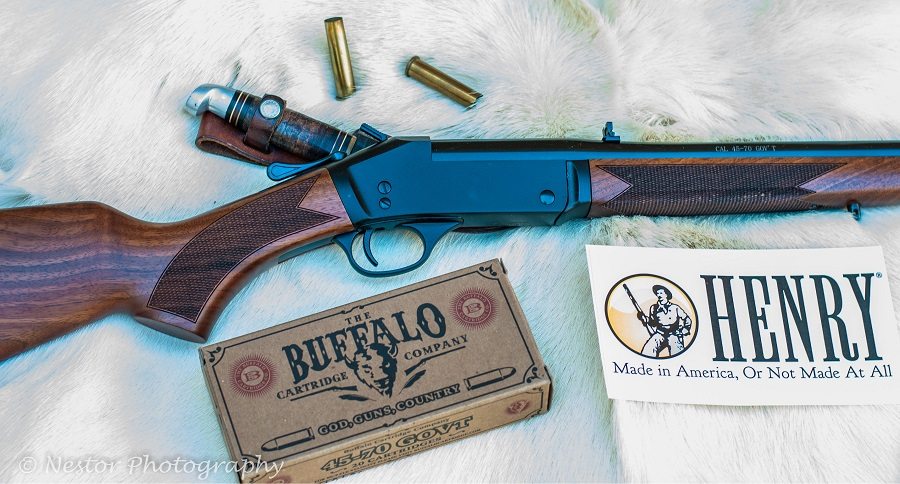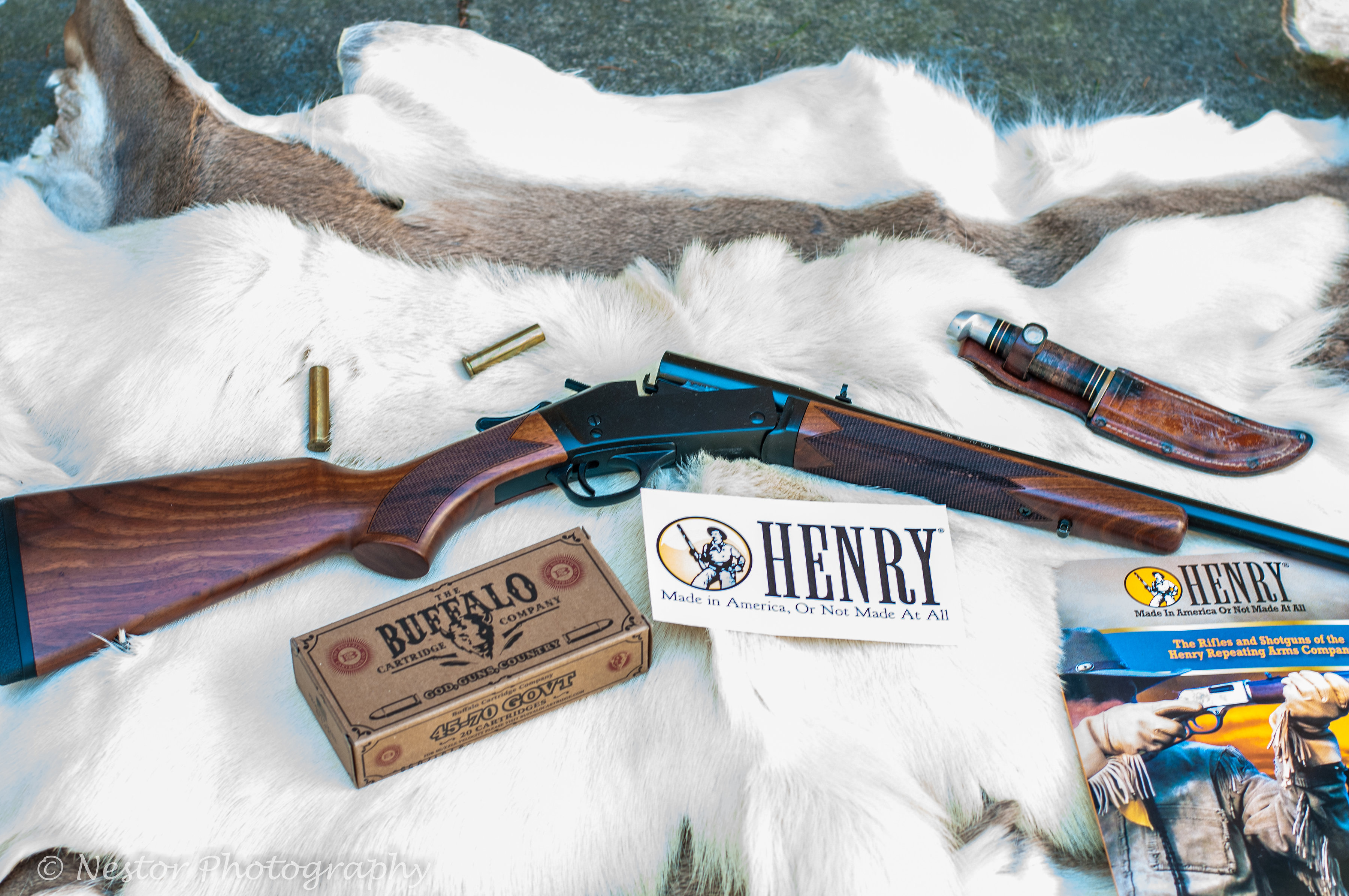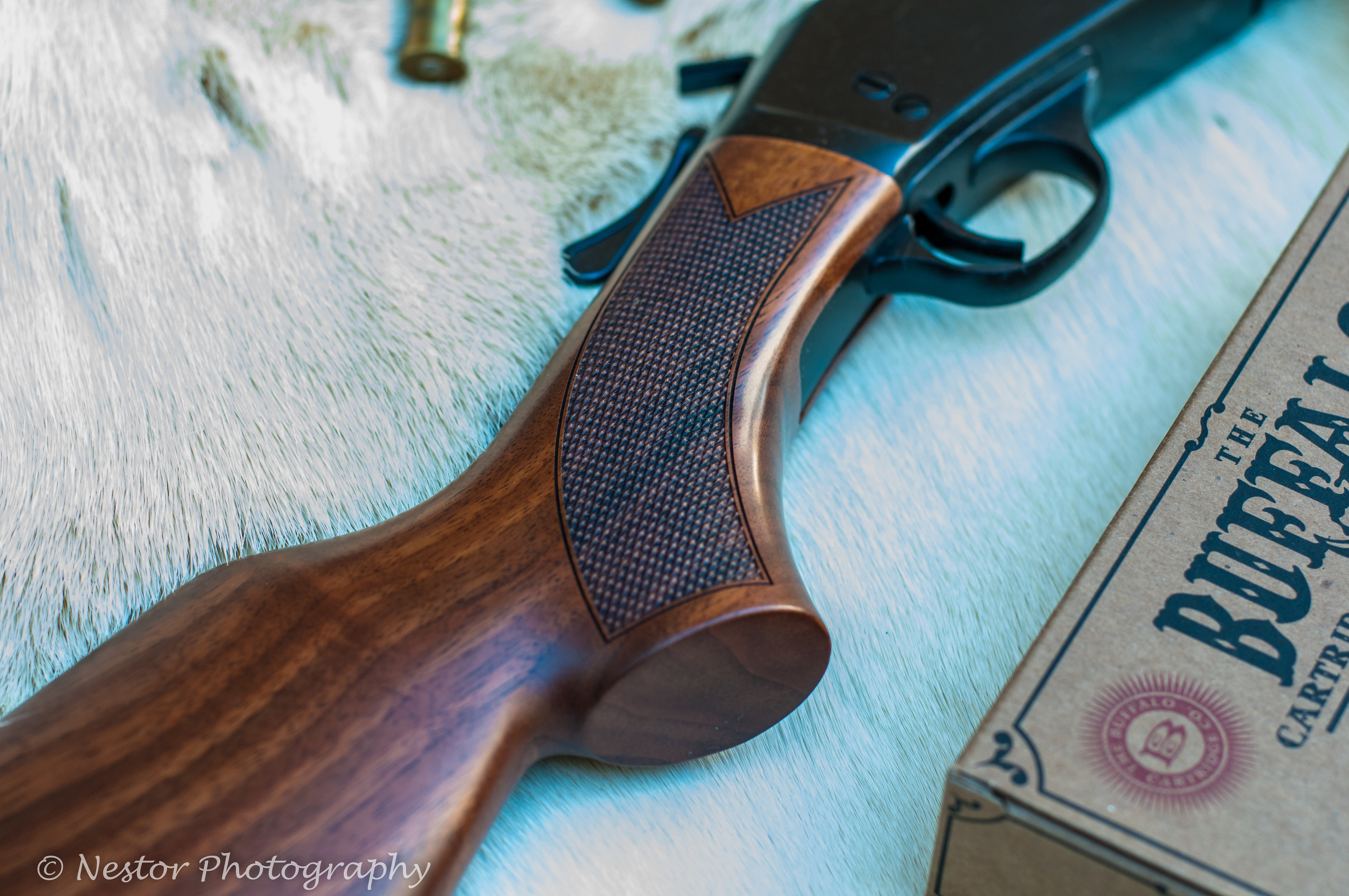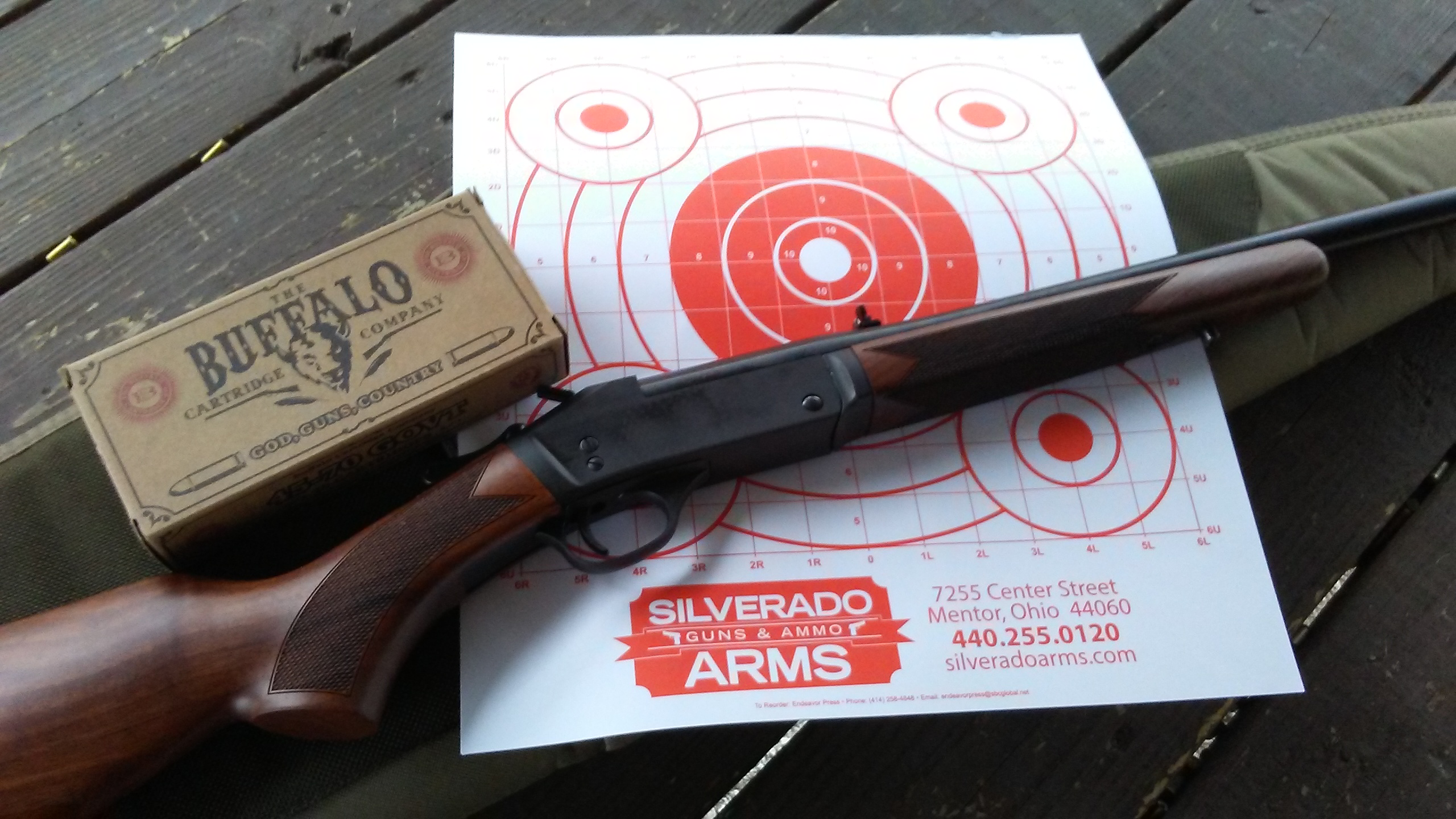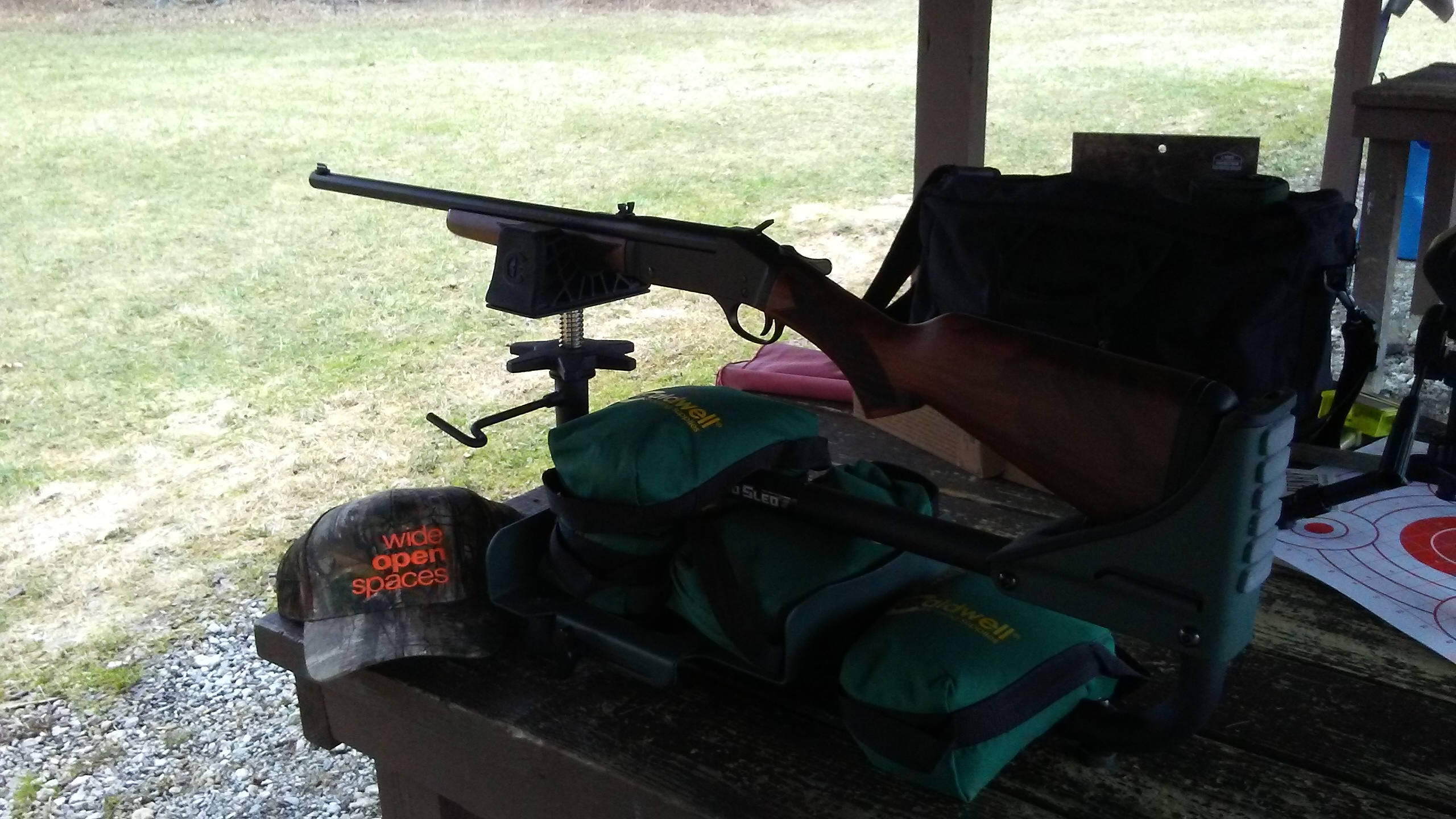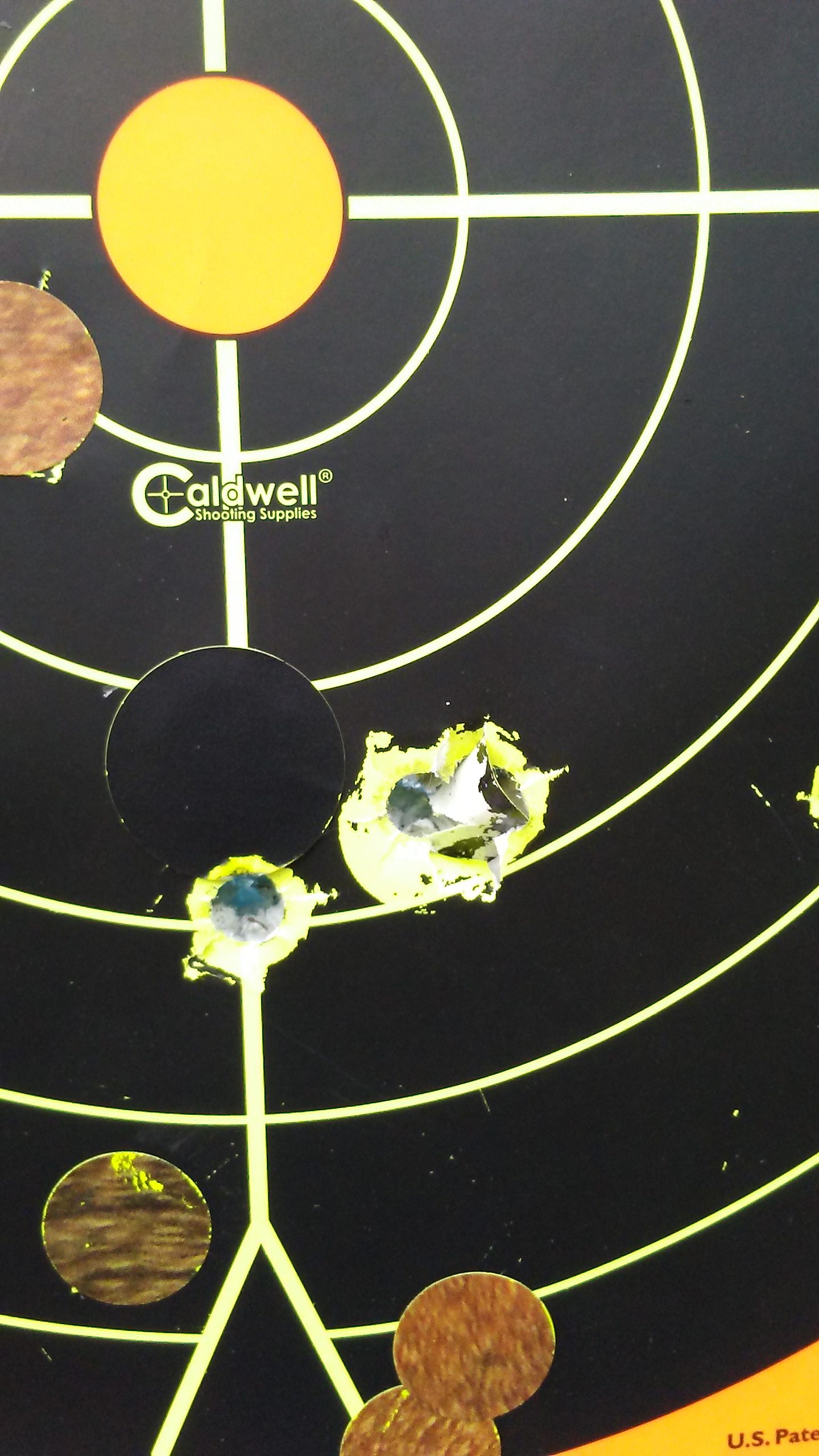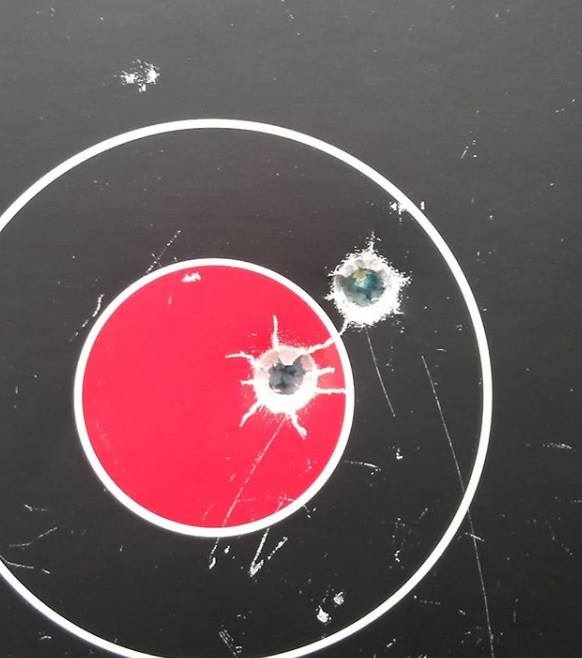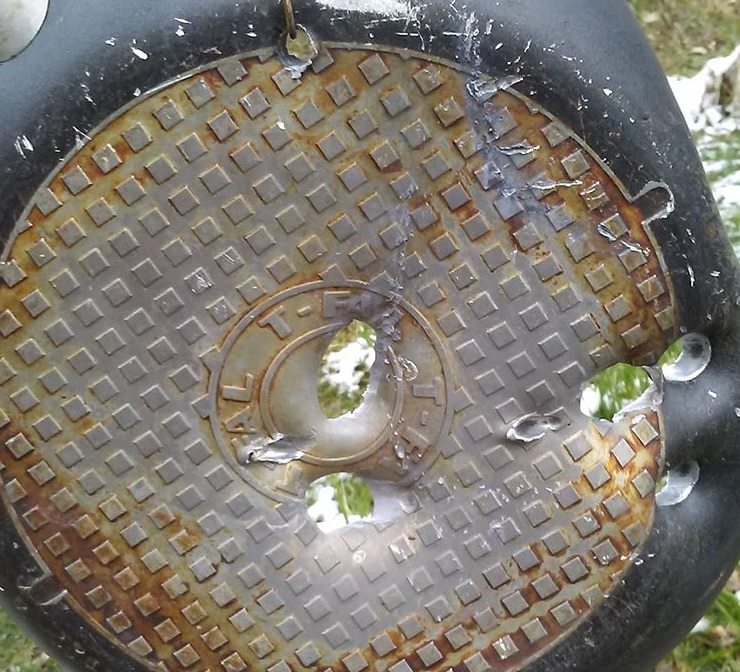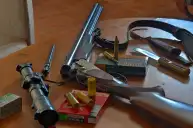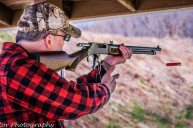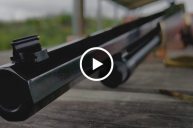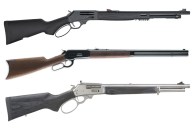It's time to put the Henry Single-Shot Rifle to the test.
Single-shot rifles have many benefits you don't get from other rifles. Ease of maintenance is certainly a plus after a long day of hunting in rain or sleet.
Additionally, a longer barrel can be housed in a shorter package.
Let's take a closer look.
The test rifle I reviewed has a full 22-inch barrel with a 1:20-rate rifling twist. The rifle's overall length is just 37.5 inches, making it handy in tight quarters like a thicket, a hunting blind or a treestand. This Henry Model H015-4570, which features a blued-steel receiver, weighs in at a light 6.83 pounds. The American Walnut stock with quality checkering makes this rifle an American-made beauty. The added solid-rubber recoil pad tames recoil quite well, too.

The rebounding hammer adds safety without requiring those terrible cross-bolt and tang safeties found on the competitor's rifles. You won't find any of that useless lawyer-ordained jewelry on this beautiful rifle. One cock of the hammer is all you need to fire.
This rifle comes with a fully adjustable folding-leaf rear sight with a brass-bead front sight. Accuracy testing was done first with supplied iron sights and then with the aid of a mounted scope.
After receiving the rifle from my friend Steve at Silverado Arms, I headed off in light, late-winter rain to the gun range the very next day for preliminary testing.
A winter storm was on the way and I just had to get in some trigger time. I normally fire rifles from a shooting bench with sandbags or various hunting positions. For this review's groups, I used a Caldwell Lead Sled 3 Gun Rest loaded down with 100 pounds of lead shot to assure the readers I'm testing the rifle's performance and not my own shooting skills. This impromptu picture was my sighting in position for that wet-morning zeroing.
First, I sighted in the iron sights for 100 yards. As you can see, my best three-shot group that day with Buffalo Cartridge Company's 300-Grain Deer Dropper Jacketed Hollow-Point .45-70 ammunition buzzing along at a published muzzle velocity of 1680 FPS did extremely well. The group wass just over an inch.
I fired off about 30 rounds total at various ranges from a standing offhand stance as well, and found the rifle handles the recoil very well. It was a lot of fun firing those big .45-70 slugs downrange. The rifle very maneuverable in my hands, too, making this a great big-game rifle to carry long distances. Additionally, supplied sling swivel studs allow a sling to be used when you need both hands to drag out your game.

Extraction was positive and the spent shell is held ready for you to manually remove. That's handy for all of us who save the fired brass, and it also makes unloading easier than chasing ejected shells around.


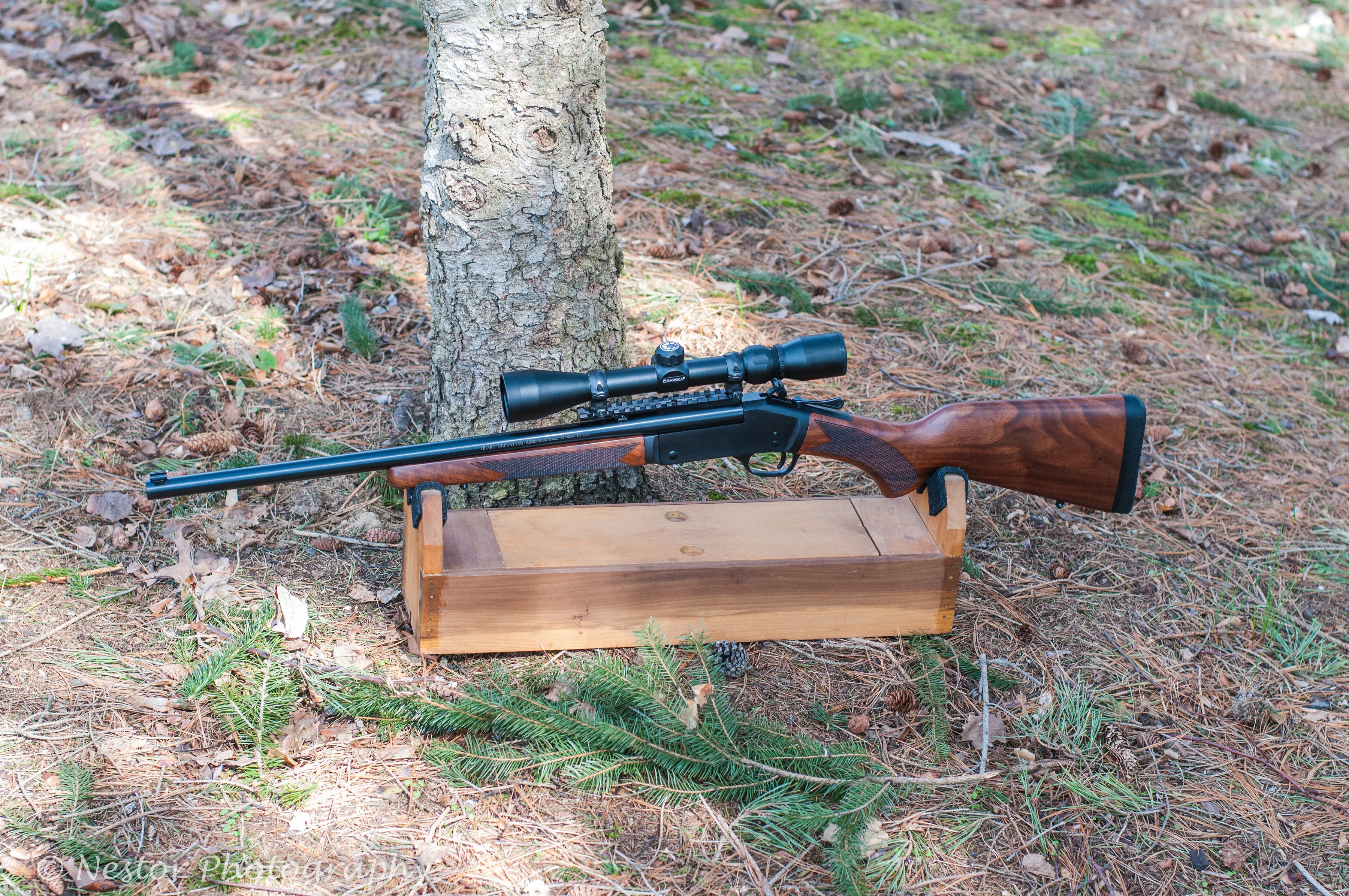

Do you like articles about the outdoors? Click here to view more articles by Eric Nestor. You can follow him @ericthewoodsman on Twitter, The Classic Woodsman on Facebook, and @theclassicwoodsman on Instagram. You can view more Nestor Photography photos at Nestor Photography.
NEXT: GUN REVIEW: THE ALL-NEW HENRY .410 LEVER ACTION RARE CARBINE SHOTGUN
WATCH
https://rumble.com/embed/u7gve.v3trur/
